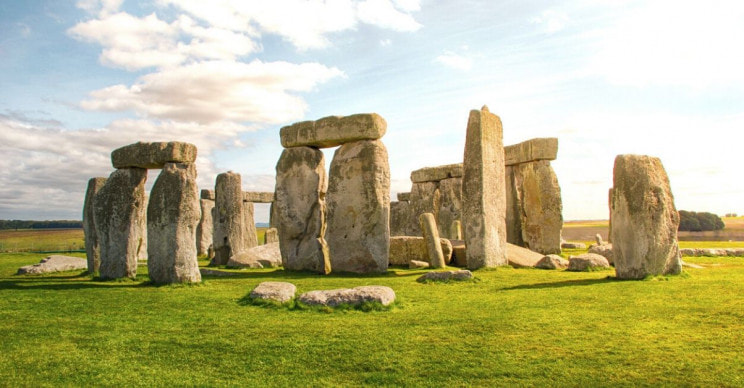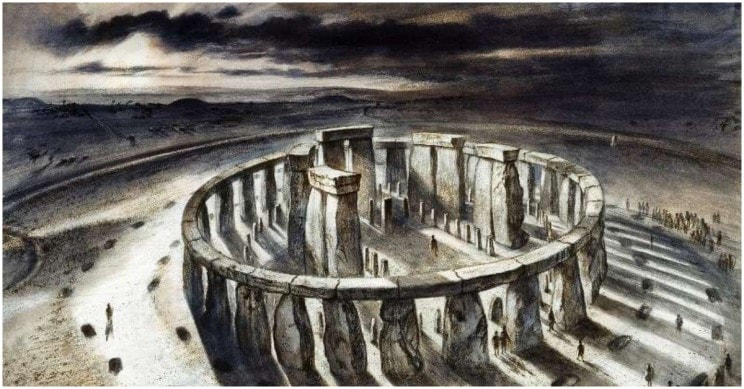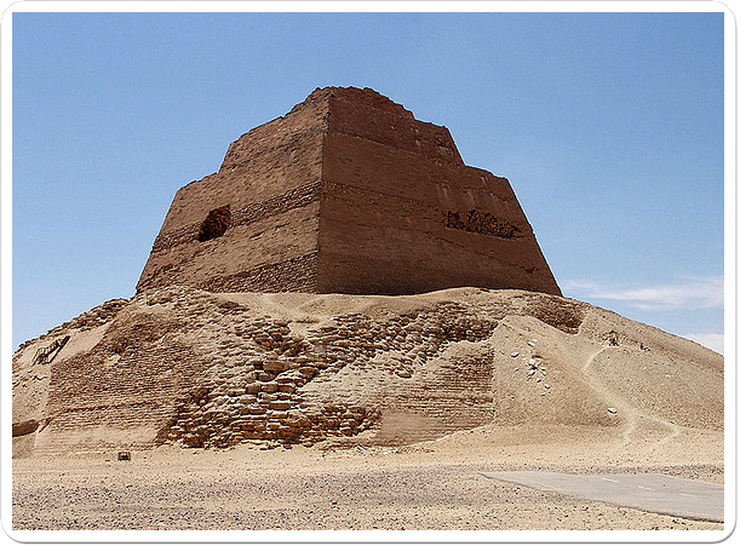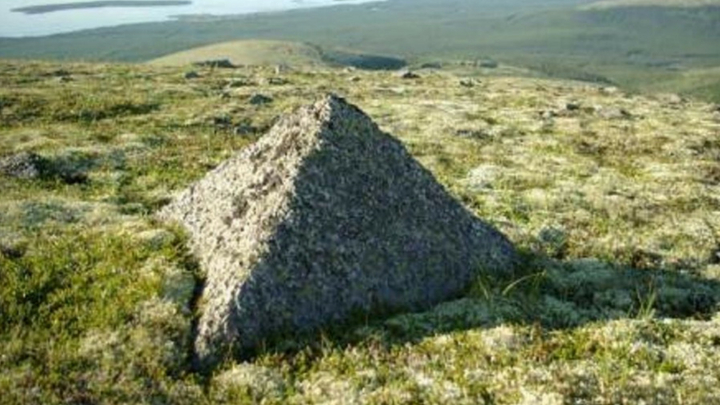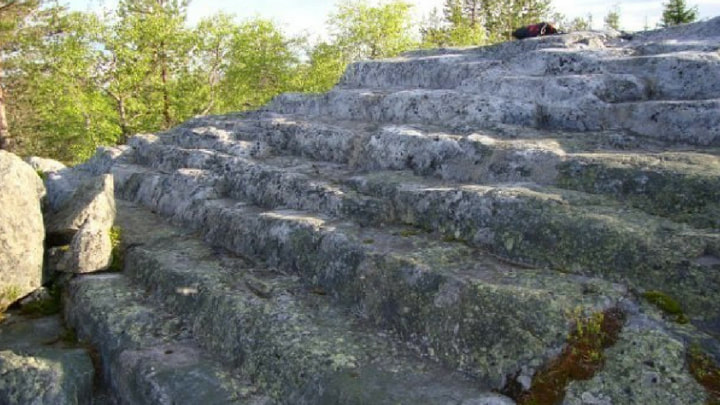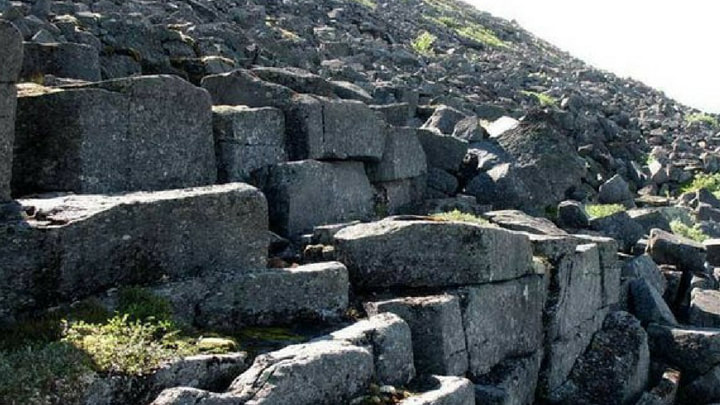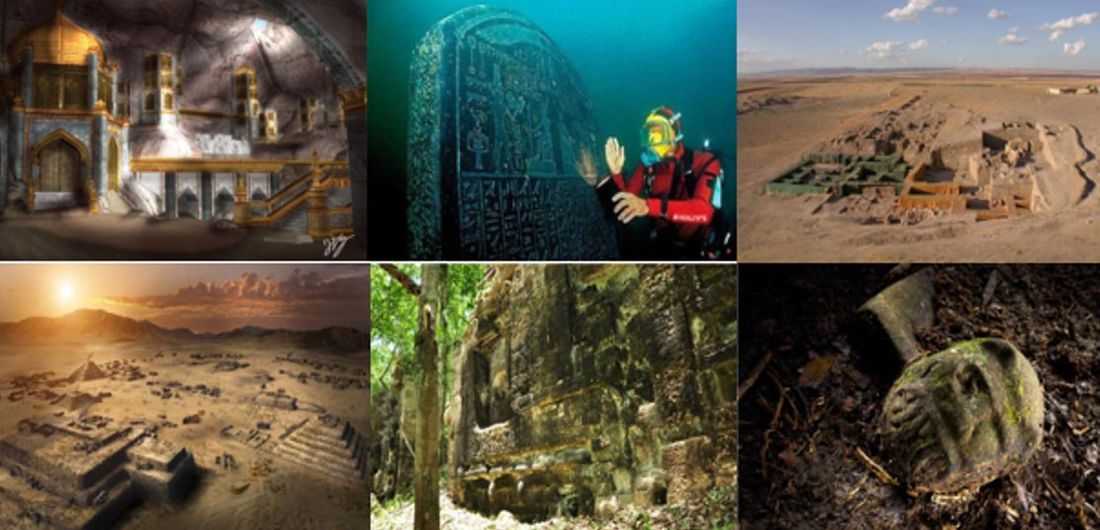|
When studying ancient history, it's sometimes surprising humanity ever made it to the 20th century. Ancient civilizations were repeatedly hit by disasters, both natural and man-made, the likes of which modern civilization has rarely seen. It seems that when nature was trying to wipe us off the face of the map, we were also busy doing it to each other. Here are 7 of the worst disasters to shake the ancient world.
1. The Chicxulub Crater: An Asteroid and a Mass Extinction Event Let’s start with a disaster that predates human civilization by a wide margin, but can confidently be called the greatest natural disaster to have ever shaken the world: the asteroid impact that changed everything. The Chicxulub crater can be found on Mexico’s Yucatan peninsula . Measuring in at 111 miles (180 kilometers) wide and 12.5 miles (20 kilometers) deep, this massive crater marks an asteroid impact from around 66 million years ago. It’s believed that the asteroid was around 6 miles (10 kilometers) in diameter. This may not sound that large, but the speed at which it was traveling meant when it collided with the Earth, it did so with the power of over a billion atomic bombs. Shockwaves were felt around the globe, and winds of up to 600 miles per hour (965 kilometers per hour) scoured the ground surrounding the impact bare. Millions of tons of ash, gases, and debris choked the atmosphere, blocking out the sun and leading to massive global cooling. When this debris began to fall to Earth, it was still so hot that it caused massive wildfires wherever it landed. This all caused an extinction-level event that wiped out up to 75% of all life on Earth during the Cretaceous Period . If this sounds familiar, it is because this is the asteroid strike widely believed to be responsible for the death of dinosaurs. So, really, this is perhaps one we should be grateful for!
0 Comments
How and when was Stonehenge built? Who's the mind behind it? We may never really know, but here are the most likely answers. Stonehenge is one of the United Kingdom's most treasured monuments and one of the world's most mysterious ancient sites. Its enormous stone structures, and massive size, have attracted scientists and tourists for centuries, but why and how was it built? Here we will attempt to answer these deceptively simple questions, and explore some other interesting information about the site. Who built Stonehenge and why? Stonehenge is one of the world's most iconic and mysterious ancient monuments. It was built on what is today Salisbury Plain in Wiltshire, England. Given its size and scale, it must have been a site of incredible importance to the people who built it. But why exactly did they bother making such an enormous effort? The problem is we can only really make educated guesses as to why these ancient people built it. Suggestions range from an enormous celestial calendar to an ancient druid temple. However, the most compelling explanation comes from more recent excavations. Large amounts of human bones have been found at the site, most of which show signs of cremation. This appears to indicate that the site was a highly sophisticated ceremonial burial ground. Other discoveries also seem to support this theory too. "In 2010 archaeologists discovered a second stone circle located just over a mile away from the more famous landmark. Dubbed “Bluestonehenge” for the 25 Welsh bluestones that originally made up the site, this secondary monument provides more evidence that Stonehenge could have been part of a huge memorial complex where high-ranking individuals took part in elaborate rituals and ceremonies honoring the dead. Yet as no written records exist, this theory—like all those about Stonehenge’s purpose—can only remain a matter of speculation." - History.com. When was Stonehenge built? Stonehenge was built between 3000 BC with major additions occurring between 2500 and 2200 BC. Other minor alterations also appear to have continued at the site until around 1500 BC. This places its construction between the Neolithic and Bronze age. How was Stonehenge built? Given the age, size, and scale of Stonehenge, it is wondrous thinking just how people in the Neolithic age were able to build such a thing. Without the benefit of metal tools and modern construction equipment, somehow they managed to build something that remains largely intact today. Unsurprisingly there have been various theories put forward as to just how it was done, but the general consensus is as follows. We have used English Heritage as the main source for this information as they are the de facto custodians and authorities of the site today. Archaeologists left "terrified" by a discovery in the Meidum pyramid, new documentary reveals12/26/2019 Architects that designed the Meidum pyramid believed they had found the secret to the perfect construction for a pyramid. They abandoned the original step structure and used a revolutionary concept, which made the sides of the pyramid smooth. Archaeologists involved in studying the Meidum pyramid revealed in a documentary titled “Secrets of Archaeology” that they were terrified upon discovering statues of Pharaoh Rahotep and his wife. Researchers said they were afraid because the statues had intense facial expressions, which according to scientists, were "lifelike". The history of the Meidum pyramid is no less bizarre. It is thought to have been built for Pharaoh Sneferu, the founder of the Fourth Dynasty, which was established in 2613 BC, and is Egypt’s first straight-sided pyramid. It was originally designed as a step pyramid, like the one built for Pharaoh Djoser. Djoser’s pyramid was the earliest colossal stone building in Egypt. Pyramids found by archaeologists on the Kola peninsula prove the existence of an ancient civilization in Russia, yet another global pyramid connection as we have seen before on ApparentlyApparel.com. Currently, archaeological excavations near the pyramids, which, according to preliminary estimates, are at least two times older than the Egyptian ones, have been resumed on the Kola Peninsula. Because the last ice age removed the top sediment layer of the soil, the Kola Peninsula is on the surface extremely rich in various ores and minerals, including apatites and nephelines; copper, nickel, and iron ores; mica; kyanites; ceramic materials, as well as rare-earth elements and non-ferrous ores. Deposits of construction materials such as granite, quartzite, and limestone are also abundant. Diatomaceous earth deposits are common near lakes and are used to produce insulation. Scientists who have previously made an expedition to these northern parts of Russia believe that the Kola peninsula may be the ancestral home of the most ancient civilization on Earth. A weighty argument for this hypothesis is the pyramids discovered by scientists and huge stone slabs created 9000-40000 years ago. Interestingly, all the pyramids are positioned clearly in the direction of East-West. It also turned out that the pyramids were rebuilt three times by ancient people, each time increasing them in height.
The question remains open – who could have built these structures and were they built in connection with the abundant natural resources in the area? RELATED: Are Nuclear Power Plants Secretly Manufacturing Gold? Legends of ancient cities that disappeared under the waves, been lost beneath desert sands, or buried beneath centuries of vegetation are the stuff of legend, but sometimes these legends became reality when they are rediscovered after centuries. From the ancient homelands, to jungle cities of gold and riches, we examine legendary cities that have were rediscovered. These enduring mysteries are embedded in human history, perhaps none capture the imagination as strongly as lost civilizations.
Watch eye opening, thought provoking, educational, controversial, awesome documentaries by subscribing and of course hit the bell button at the top tight of the screen. We will make each film expand the horizons of the viewers open to learning more about the world. We hope you will become aware of many facts you may have been previously unaware of in this very educational lost cities expose. Source |
News Watch
Mind-opening news articles, editorials, videos & apparel that inspire our readers and help liberate them from the status quo. Stay informed.
Write For UsSpace WatchTop NewsNews Watch Categories
All
|
|
|
HAVE A TIP OR STORY TO TELL? JOIN TODAY & SHARE YOUR STORY!
If you have a breaking news tip or idea, please email: [email protected] Apparently Apparel® is a registered trade name and part of the ZOAT International® brands network. © 2007-2023. All Rights Reserved. Privacy Policy. All art & news content posted on this site is commentary or opinion and is protected under Free Speech. ApparentlyApparel.com is not responsible for content written by contributing artists, authors or news feeds. The information on this site is provided for educational and entertainment purposes only. It is not intended as a substitute for professional advice of any kind. ApparentlyApparel.com assumes no responsibility for the use or misuse of this material.
|
|


